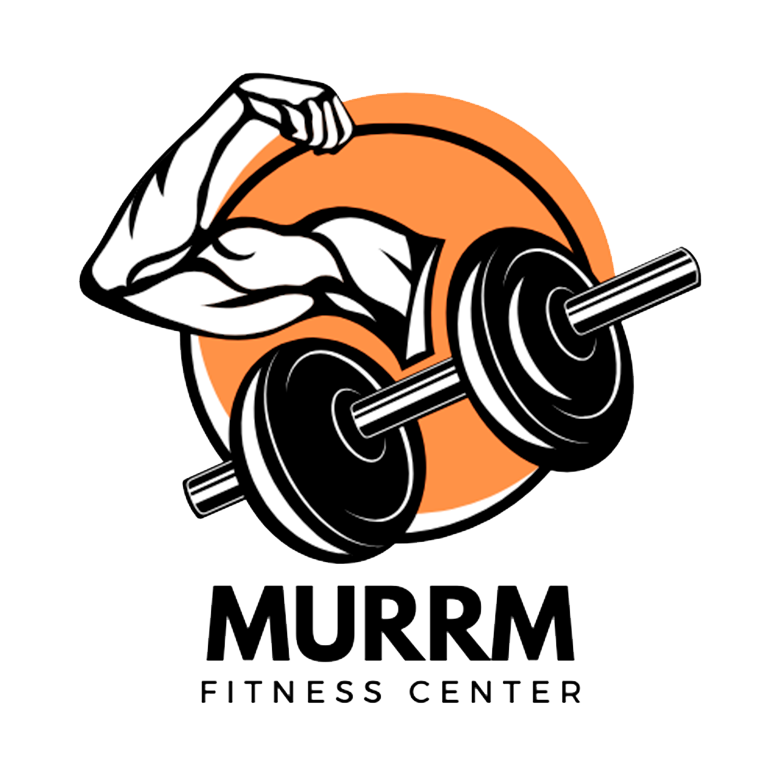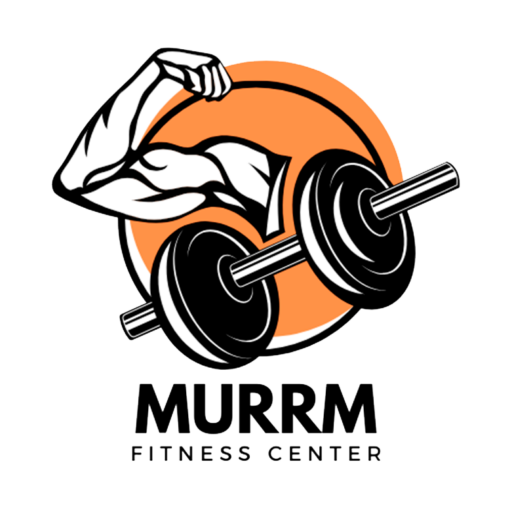In the world of fitness, the debate between aerobic and anaerobic exercise has been ongoing. But is one better than the other, or is it all about finding the right balance? Let’s explore the benefits of both aerobic and anaerobic exercise and how to strike the perfect equilibrium for optimal fitness.
Aerobic Exercise:
Aerobic exercise, often referred to as “cardio,” involves activities that increase your heart rate and breathing over an extended period. Examples include running, cycling, swimming, and dancing.
Benefits of Aerobic Exercise:
- Cardiovascular Health: Aerobic exercise strengthens your heart and improves circulation, reducing the risk of heart disease.
- Endurance: It enhances your stamina, enabling you to sustain physical activity for longer durations.
- Weight Management: Aerobic workouts burn calories, making it effective for weight loss and maintenance.
- Mood Enhancement: Cardio activities release endorphins, boosting your mood and reducing stress.
- Improved Lung Capacity: Aerobic exercise enhances lung function and oxygen delivery to your muscles.
Anaerobic Exercise:
Anaerobic exercise involves short bursts of intense physical activity that can’t be sustained for long periods. Common examples are weightlifting, sprinting, and high-intensity interval training (HIIT).
Benefits of Anaerobic Exercise:
- Strength and Muscle Building: Anaerobic workouts stimulate muscle growth and enhance overall strength.
- Metabolism Boost: High-intensity anaerobic exercises can increase your resting metabolic rate, helping with weight management.
- Bone Health: Resistance training, a form of anaerobic exercise, improves bone density and reduces the risk of osteoporosis.
- Speed and Power: Anaerobic workouts improve your explosive power and speed, which can be beneficial in various sports.
The Best Balance:
Finding the right balance between aerobic and anaerobic exercise is key to a well-rounded fitness routine. Here’s how to strike that balance:
- Incorporate Both: Include both aerobic and anaerobic exercises in your weekly routine. This ensures you reap the benefits of each type.
- Vary Your Workouts: Change up your exercise regimen to keep it interesting and challenging. For instance, you can alternate between cardio days and strength training days.
- Listen to Your Body: Pay attention to how your body responds. Adjust the balance based on your goals, fitness level, and recovery needs.
- Set Goals: Clearly define your fitness objectives. If you aim to build muscle, incorporate more anaerobic exercises. If your goal is better endurance, focus on aerobic workouts.
- Recovery Matters: Adequate rest and recovery are crucial for muscle repair and overall well-being. Ensure you allocate time for recovery in your routine.
- Consult a Professional: Consider seeking guidance from a fitness trainer or healthcare professional who can create a balanced workout plan tailored to your needs.
In conclusion, there’s no one-size-fits-all answer to the aerobic vs. anaerobic exercise debate. The best approach is to strike a balance that aligns with your fitness goals, preferences, and overall health. By incorporating both types of exercise into your routine and staying mindful of your body’s needs, you can achieve optimal fitness and well-being.







